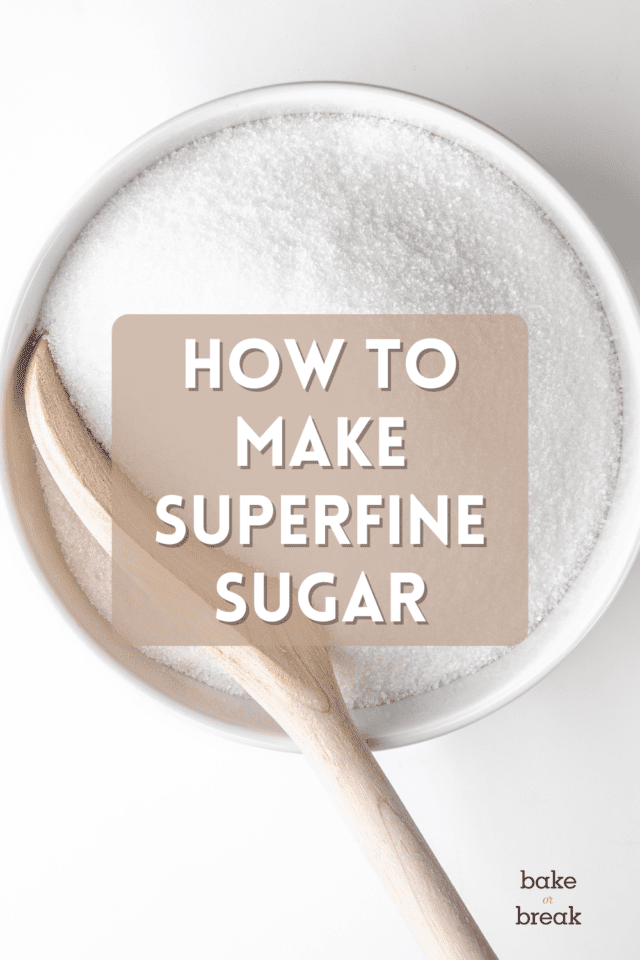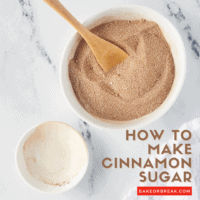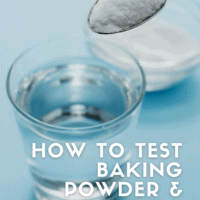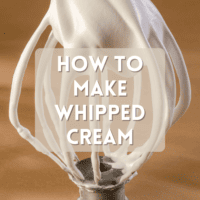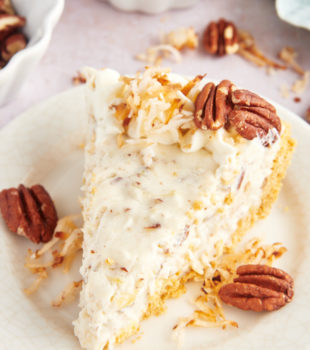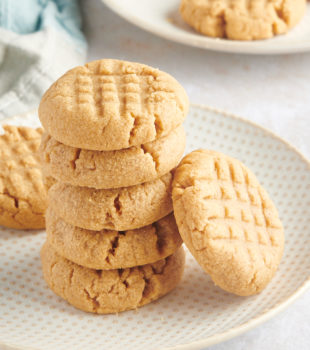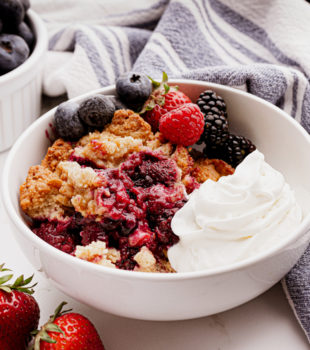Learn how to make superfine sugar with these quick and easy tips!

What is superfine sugar?
Before we get into how to make our own, let’s first talk about what it is and how it differs from the more commonly used granulated sugar.
Put very simply, superfine sugar is a more fine version of standard granulated sugar. The grains are just smaller and finer. There’s not really any more to it than that.
You may also see it referred to as caster sugar, castor sugar, baker’s sugar, ultrafine sugar, or bar sugar.
How is superfine sugar different from other sugars?
In comparison to granulated sugar (the regular white sugar most used in baking), superfine sugar has, as the name implies, a finer texture.
Powdered sugar (or confectioners’ sugar) is what happens when you continue processing sugar past the superfine stage. At some point, it becomes powdery, hence the name. Most store-bought powdered sugars also have cornstarch added.
Why use superfine sugar?
Because superfine sugar has a finer grain than its more traditional counterpart, it will dissolve and mix more easily. This is useful in airy, delicate baked goods and desserts with a lighter texture. You’ll often see it in recipes for meringues, soufflés, macarons, puddings, and mousses.
It’s also sometimes used in more standard baking recipes. The texture of those baked goods may be a bit lighter and smoother by using superfine sugar. It’s also frequently used in cold beverages because of its ability to dissolve well without heat.
My understanding is that superfine sugar (or caster sugar) is more frequently used outside the United States. Still, it should be available in most grocery stores alongside the other sugars.
What can I substitute for superfine sugar?
In most cases, you can use regular granulated sugar in place of superfine sugar. The texture may be a bit different, but you may not be able to tell the difference otherwise. While this substitution may work in some recipes, in others it may lead to an unpleasant grainy texture.
A cup of superfine sugar has slightly more sugar than a cup of granulated sugar. Unless you’re using a large amount, that difference is fairly negligible. That means you can usually use a 1:1 substitution rate. Be sure to substitute by volume, as the weights of the two sugars are different. A cup of granulated sugar weighs 200g, while a cup of superfine sugar weighs 220g.
As always, keep in mind that the best ingredients for a recipe are the ones it lists. Substituting anything will affect flavor, texture, and the overall outcome.
There are a couple of things you can do to make the substitution work better. If you’re creaming the sugar with butter, then start with your butter a little colder than normal. That will give the sugar more time to mix with the butter. For things like meringues, mix the sugar and egg whites on low speed to allow the sugar more time to dissolve.
Do not use confectioners’ sugar in place of superfine sugar. It just won’t work the same way because of its texture and how it mixes with other ingredients.
How do I make superfine sugar?
If you want to use superfine sugar but don’t have any in your kitchen, it’s very easy to make it yourself. All you need is granulated sugar and a food processor or blender.
Simply give granulated sugar a spin in your food processor. With just a few pulses, you’ll have your very own homemade version!
For every cup of superfine sugar needed, process a cup plus 2 to 3 teaspoons of granulated sugar. Make sure the food processor is tightly covered. Pulse until the grains appear smaller. Be sure not to go too far, or you’ll get something closer to confectioners’ (powdered) sugar.
Be sure to re-measure your sugar once it’s finished whether you’re measuring by weight or volume. A DIY version likely won’t be as uniform as a commercially available product, but it will be a great substitute in most baking uses.
More About Sugar
Sugar is an important part of traditional baking, and there’s a lot to know about the different kinds and how to use them. Here is some further reading to learn more.

